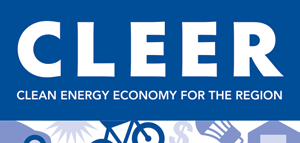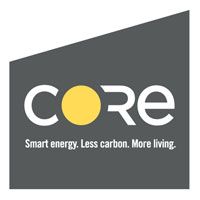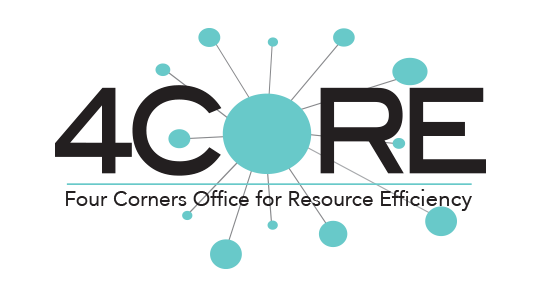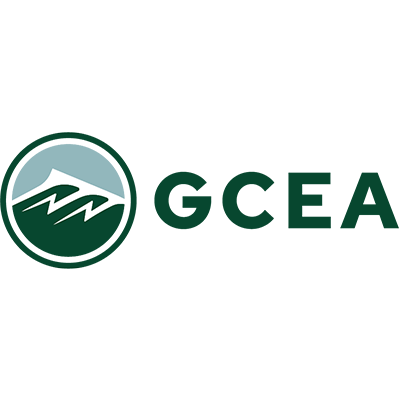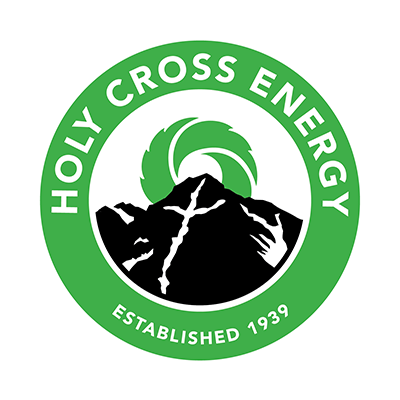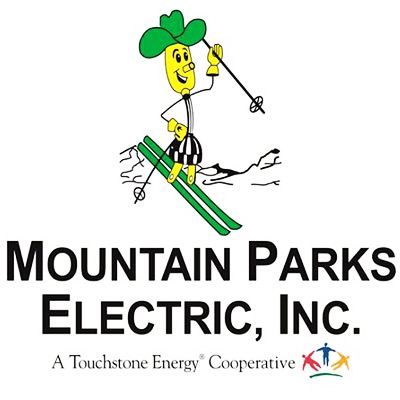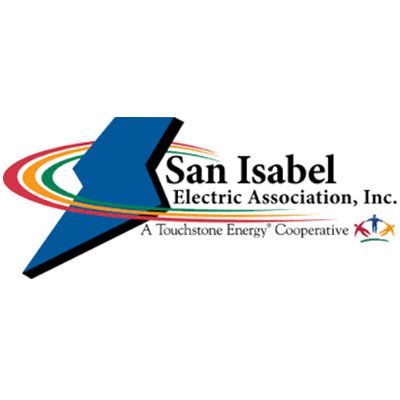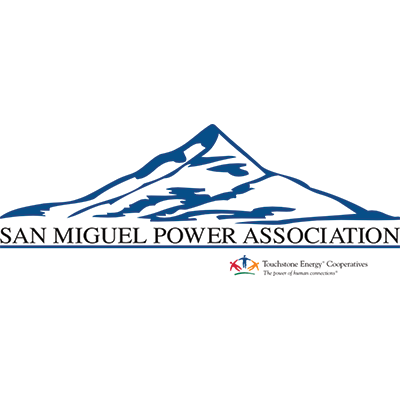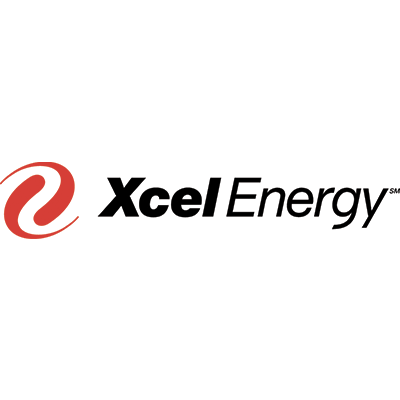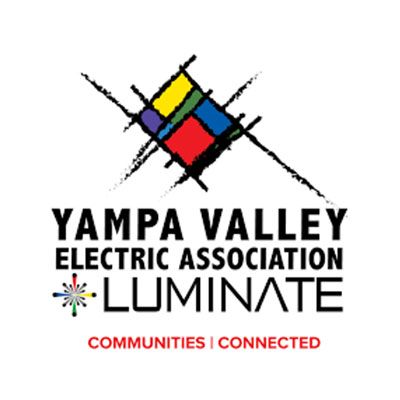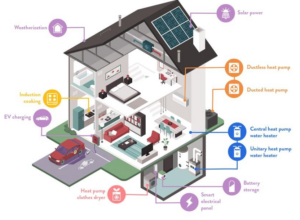Natural gas, propane, and other fossil fuels that have to be transported to homes have a number of problems, from carbon emissions to creating dangerous gas byproducts in the home. Through a more efficient use of electrical energy, homeowners can save money, increase comfort, improve home safety and indoor air quality, and reduce environmental impact when compared to natural gas, propane, and oil.
What is Beneficial Electrification?
Building Electrification or “Beneficial Electrification” means replacing gas combustion appliances inside of buildings with high-efficiency electric equipment.
What Can Be Electrified?
Heating & Cooling Equipment
Despite its name, heat pumps offer an energy efficient way to heat AND cool homes. Heat pumps run on electricity but move heat rather than generate it. As they are efficient at temperatures down to -20F, a new generation of cold-climate heat pumps has made this technology an appropriate choice for our colder, mountain regions. The cost to operate a heat pump in the winter is much less than oil, propane, or electric resistance heating. In fact, the operating cost is similar to heating with natural gas. However, unlike natural gas, heat pumps do not require transporting fossil fuels and only need an electrical connection to operate.
Combined with a cleaner grid (depending on the electric utility and its energy portfolio) and renewable-energy systems, heat pump systems are a key part of beneficial electrification.
- Visit the Department of Energy’s overview page on heat pumps
- Check out this air source heat pump buying guide from NEEP
- Learn more about operating a heat pump
- Read this NY Times article, “A Heat Pump Might be Right for your Home. Here’s Everything to Know.”
Think cold climate heat pumps don’t work at high elevation?
Check out this successful heat pump installation in a home in Montezuma, Colorado (elev. 10,400′) from our friends at High Country Conservation Center.
Water Heating Equipment
Heat pump water heaters store heated water in a tank for later use and require a fraction of the energy of a conventional water heater or boiler.
Consider a heat pump water heater
Cooking Equipment
Replace a gas stove with an induction cooktop.
How do induction stoves actually work?
Watch an induction cooktop demonstration.
Clothes Dryers
Heat pump clothes dryers are 50% more efficient than typical gas dryers. Additional advantages include:
- Easy to install in small spaces as no is ventilation required
- Gentler on clothes as they dry at lower temperatures
- Rebates may be available for installation
Learn more about heat pump clothes dryers
Get Energy Advising on Electrification
Several Energy Smart partners provide advice and increased incentives for residents to reduce carbon emissions through electrification. Click on your Energy Smart Partner to connect:
Click on your utility provider to learn about electrification rebates.
What Support is Available to Electrify?
Learn More, Find an Installer, Identify Rebates
LoveElectric.org
Read Up
Sooner or later, we will be replacing all the fossil-fuel burning equipment in our homes with electric ones. As a result, homes will become climate-friendly, healthier, more comfortable and cheaper to operate. In fact, switching homes from fossil fuel-burning equipment to efficient electric alternatives will be a critical step toward mitigating the climate crisis. READ MORE »
Earn Tax Credits
Starting January 1, 2023, tax credits include:
- a 30% federal tax credit up to $2,000 for the installation of highly efficient heat pumps and heat pump water heaters. The credit goes to the homeowner for their principal residence. (For the remainder of 2022, a $600 credit is applied for ENERGY STAR heat pump installations.)
- a 30% federal tax credit for the installation of ground-source heat pumps, but no cap.
- a 10% Colorado state tax credit on the equipment cost, including heat pumps, heat pump water heaters, and electrical panel upgrades
- Colorado will also be waiving the sales and use taxes in the sale of “decarbonizing building materials” like heat pumps and heat pump water heaters
With the implementation of the Inflation Reduction Act, rebate programs for low – and moderate – income households (up to 150% of area median income) will be established by state energy offices. These will cover 50% of cost with a cap of $8,000 for ENERGY STAR heat pumps (up to 80% of cost for households under 80% of the area median income)


